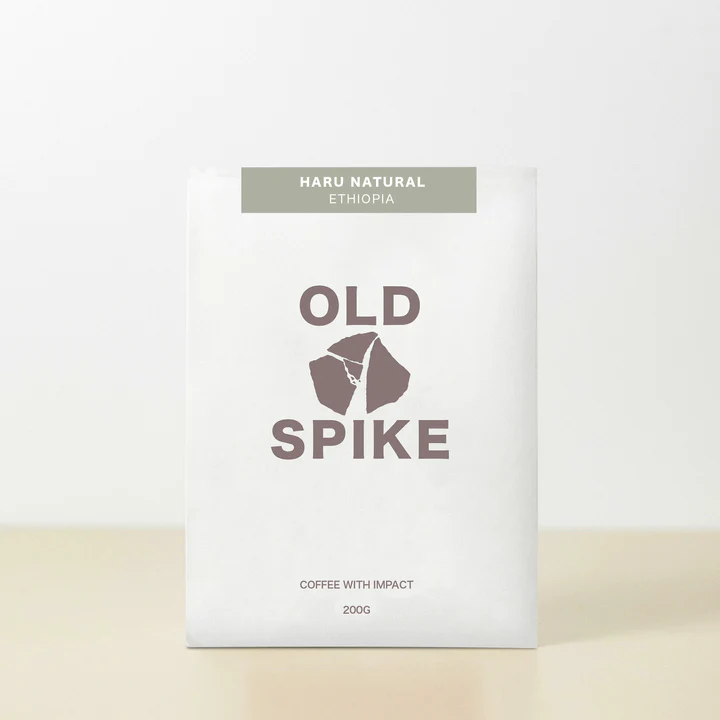
About this Coffee
A shining example of Ethiopian coffee. A fruity cup bursting with juicy notes of mango and guava.
The Hafursa Haru washing station is located close to Yirgacheffe town, not far from the boundary with the Oromia zone. The area itself has a population of just over 195,000, of which only 8% are urban dwellers. There are 12 standardized fermentation tanks at the washing station, and over 169 drying beds. This allows for fast turnaround whilst keeping traceability of the lots, something that is becoming more and more a part of processing in Ethiopia as trade opens up. This coffee came from drying bed 160.
The varieties themselves are often referred to as heirloom, though, having high genetic diversity means that what is heirloom in one area is not a guarantee of the same characteristics as an heirloom from another region. Kumie (kurume, kudhume) is often labelled as Yirgacheffe or Yirgacheffe type, and is quite a small bean, whilst Dega is more widely spread and Wolisho typical in the highlands.
Wet processing itself was introduced in to Ethiopia in the 1970’s with Yirgacheffe being the site of the first one. Continuing to push for quality, TDS and pH of the water is taken, to better control fermentation times. The water here is 7.7pH, slightly more alkaline than neutral. The cherries are picked and then hand sorted to remove any noticeable defects. Pulped and allowed to ferment, beans are then washed in clean running water and dried down to a humidity level of 11.5% on raised beds. The parchment coffee is stored locally until it is transported to the dry mill facility in Addis Ababa where it is hulled, laser colour sorted, and bagged for export.